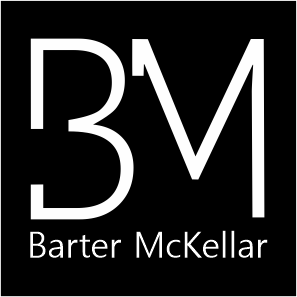Injuries, Liability and Worker Compensation in the South African Horse Racing Industry
Injuries are an unfortunate reality in the high-risk world of horse racing. Jockeys, trainers and stable staff often face significant dangers while working with racehorses, which makes understanding liability and worker compensation critical. This article highlights key legal considerations for employers and employees in the South African horse racing industry, providing guidance on liability and compensation practices.
Common Types of Injuries in Horse Racing
Jockey Injuries: Jockeys often face the highest risk due to the nature of racing. Common injuries include fractures, concussions and spinal injuries.
Trainer Injuries: Trainers may suffer injuries due to handling and training horses, such as falls, kicks or bites.
Stable Staff Injuries: Stable staff working in the stables or at the track are at risk for musculoskeletal injuries, animal-related accidents or overexertion.
Legal Considerations Around Liability
Employer Liability: Employers may be held liable if the injury is a result of negligence or failure to provide a safe working environment. This includes faulty equipment, inadequate safety training or failing to comply with health and safety regulations.
Vicarious Liability: Employers may be held responsible for injuries caused by an employee’s actions during work. For example, a trainer may be liable for injuries caused by stable staff mishandling horses.
Assumption of Risk: Jockeys, trainers and staff may be deemed to have assumed some risk by the nature of their profession, which can impact the degree of employer liability.
Third-Party Liability: Liability may extend to third parties, such as event organizers or equipment manufacturers, if injuries result from their negligence or defective products.
Worker Compensation Guidelines
Workplace Injury Compensation: The Compensation for Occupational Injuries and Diseases Act (“COIDA”) provides compensation to workers injured on the job. Employers must ensure compliance with this legislation.
Private Insurance: Employers may consider additional private insurance policies for their staff to supplement the compensation provided under COIDA.
Reporting and Record-Keeping: All workplace injuries should be promptly reported to the relevant authorities, and detailed records maintained to streamline the compensation process.
Return-to-Work Programs: Employers should develop return-to-work programs to support injured employees’ rehabilitation and gradual return to their duties.
Preventative Measures to Minimize Injuries
Safety Training: Conduct regular safety training for all staff members to handle horses and equipment correctly.
Regular Equipment Checks: Ensure that all equipment, such as saddles and helmets, is in proper working condition.
Proper Staffing Levels: Maintain appropriate staffing levels to prevent overexertion and to support safe handling practices.
Emergency Preparedness: Develop and practice emergency response plans to deal with injuries swiftly and efficiently.
Conclusion
Navigating injuries, liability, and worker compensation in the South African horse racing industry requires a thorough understanding of legal requirements and employer responsibilities. By implementing comprehensive safety practices and understanding liability and compensation guidelines, employers can ensure safer working conditions and smoother recovery for their staff.
If you need assistance understanding your legal obligations or rights regarding liability and worker compensation, consult Barter McKellar. Our experienced legal team can provide personalized advice and representation to ensure you remain compliant and protected in the event of workplace injuries.

